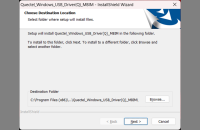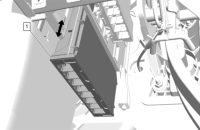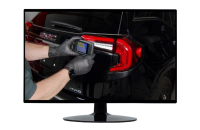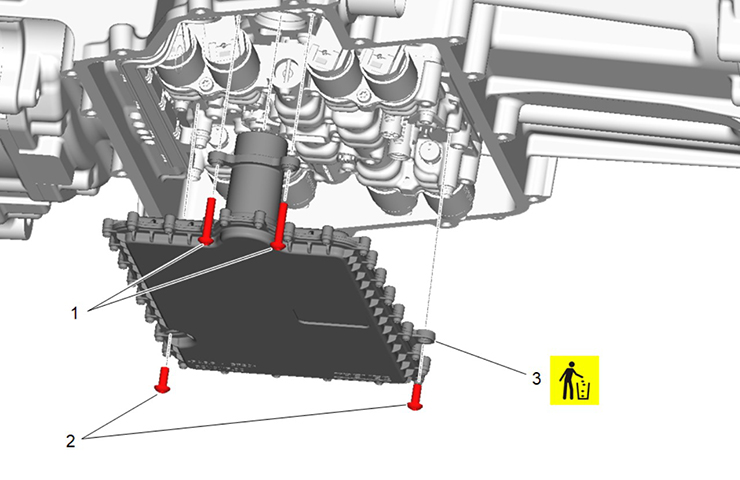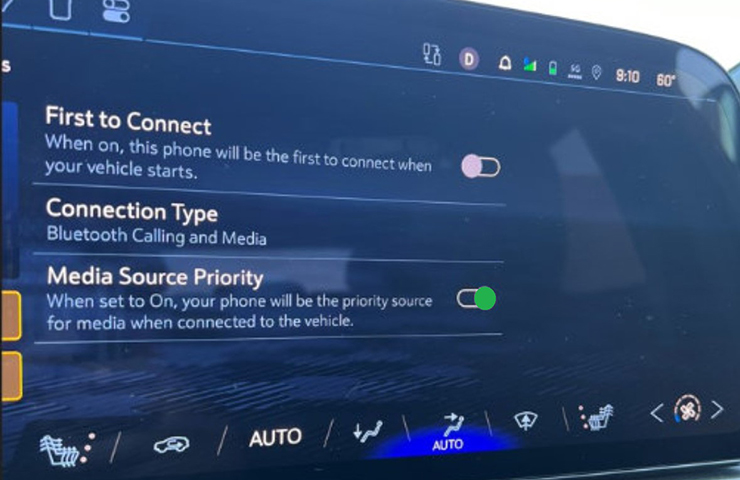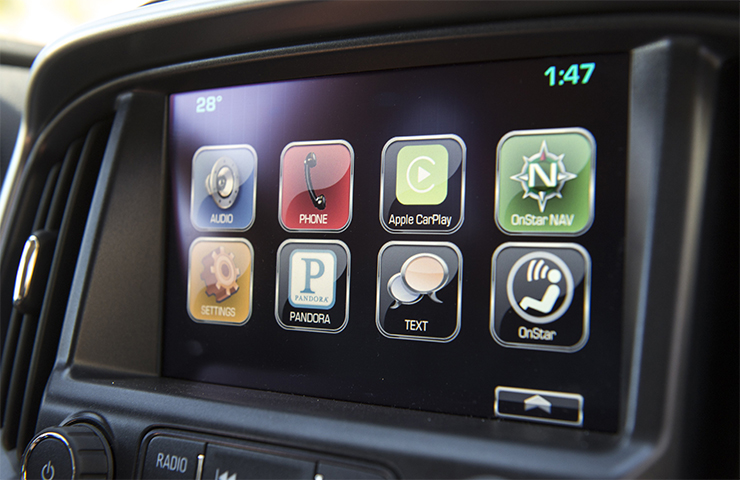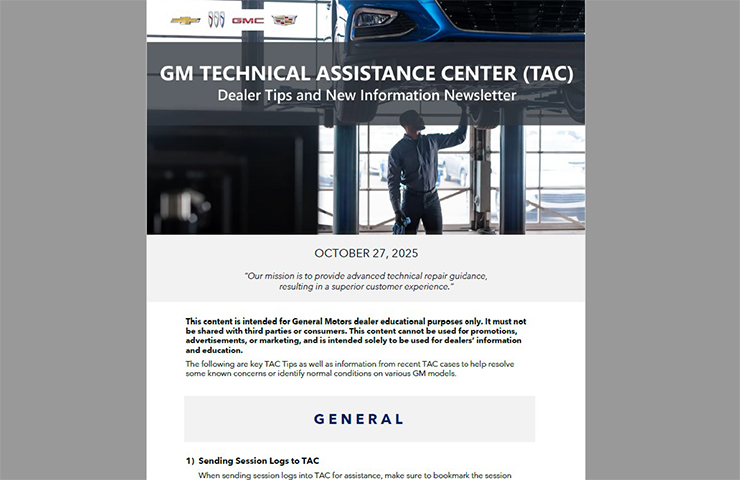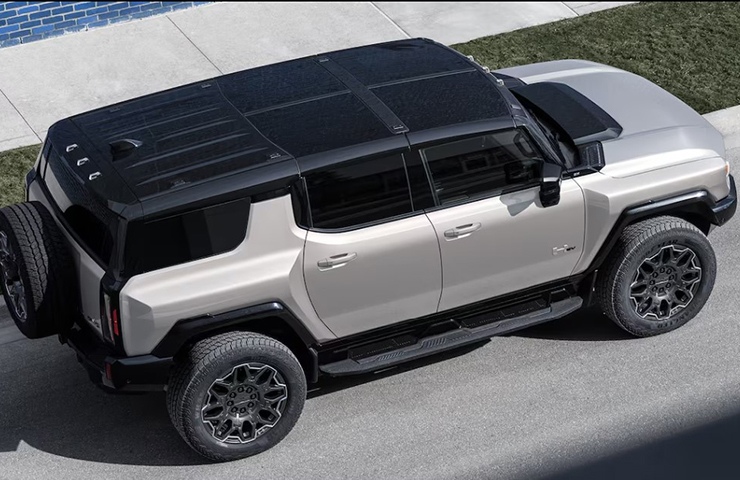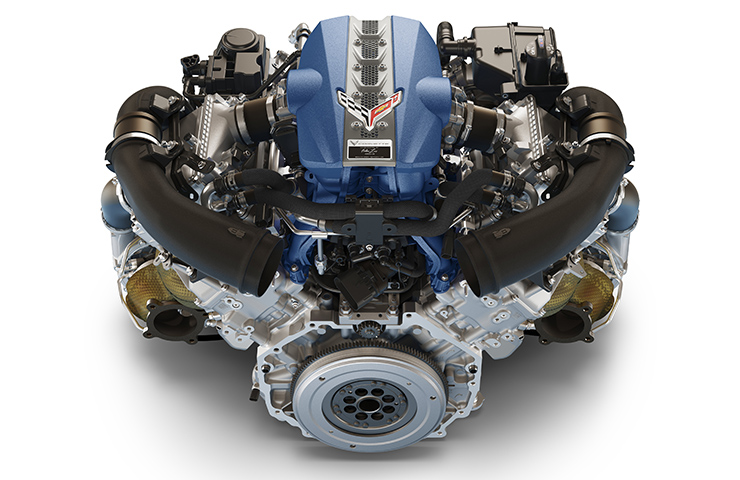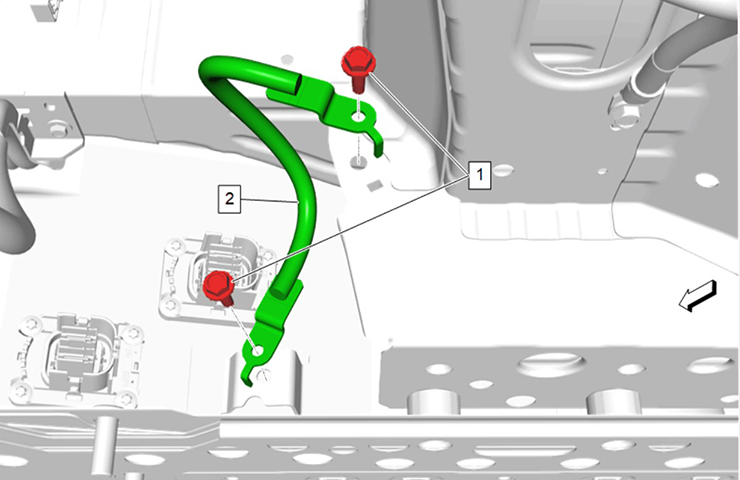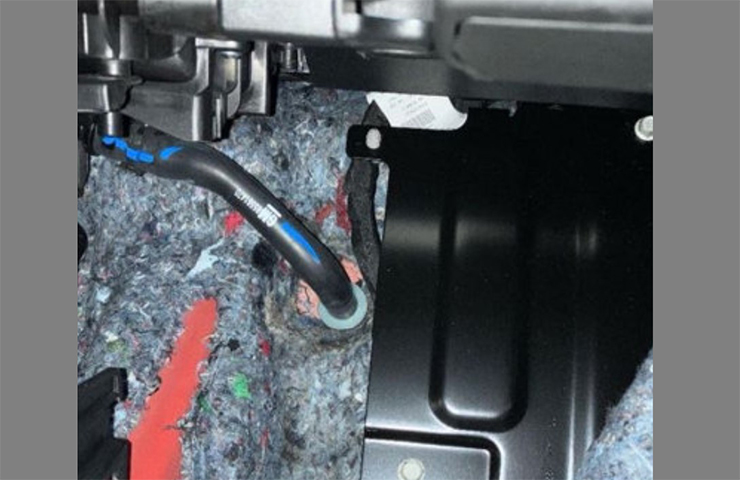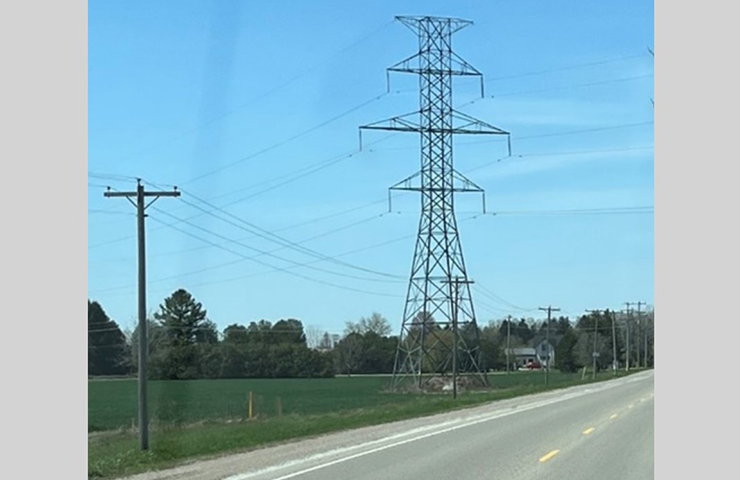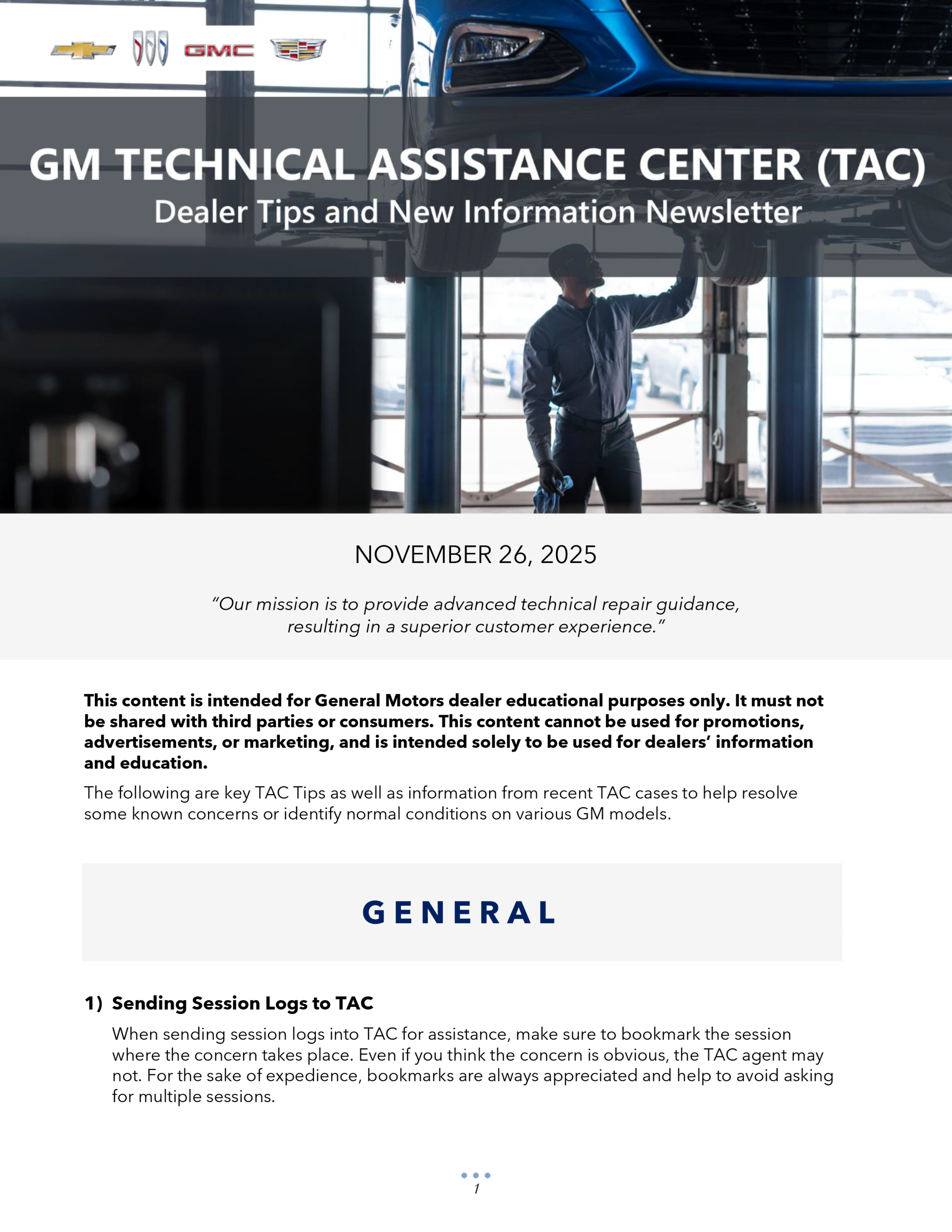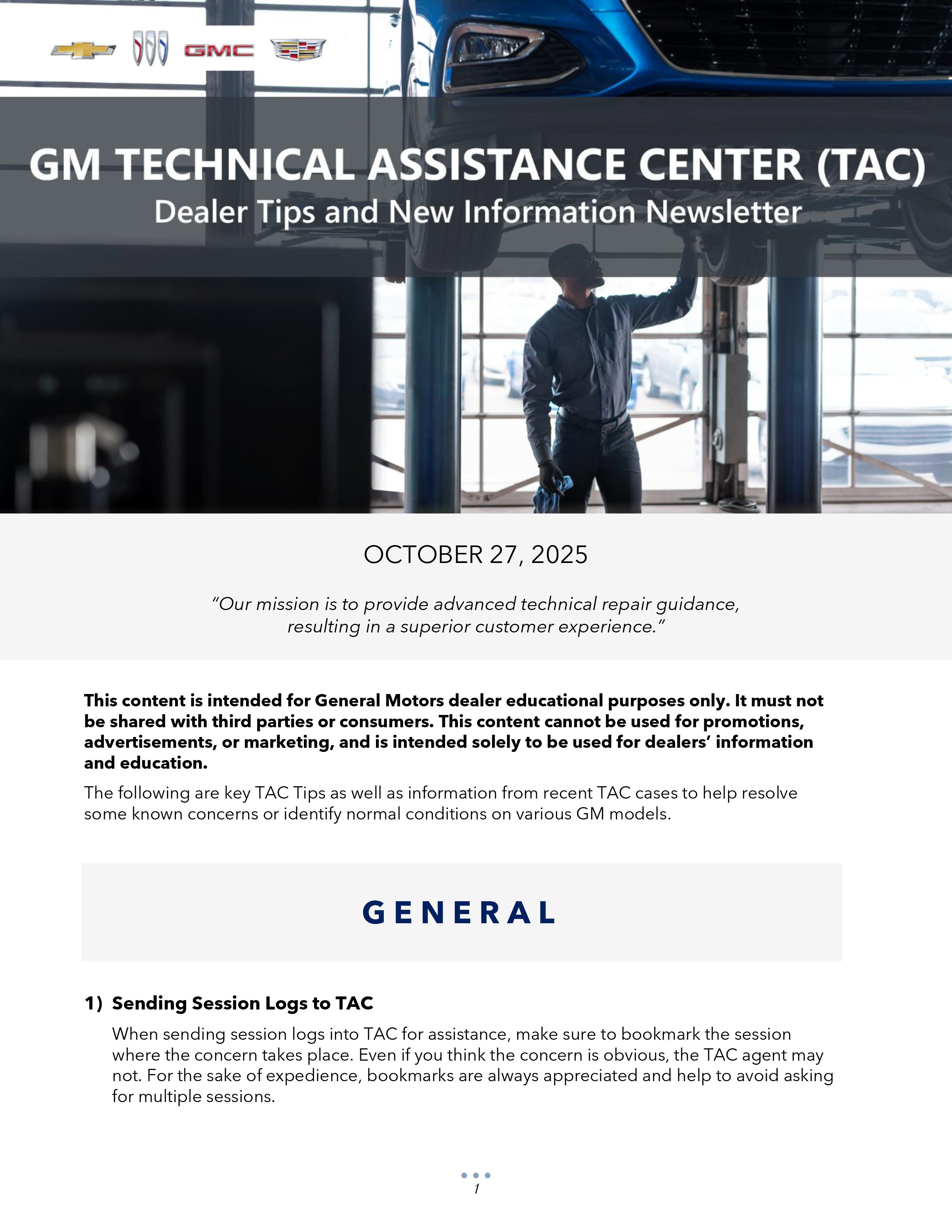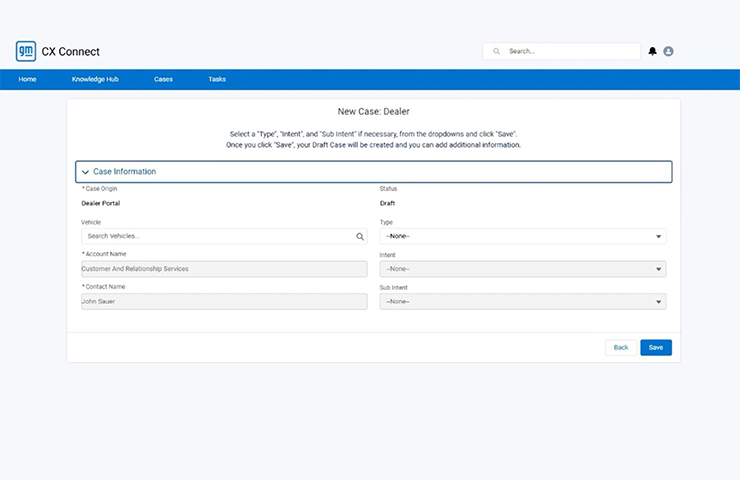When replacing an engine on 2026 and prior GM passenger cars and trucks due to internal damage, extreme care should be taken when transferring the intake manifold to the new Genuine GM Parts service engine long block. Internal engine damage may result in the potential discharge of engine component debris entering the intake manifold via broken pistons and/or bent, broken, or missing intake valves. (Fig.1)
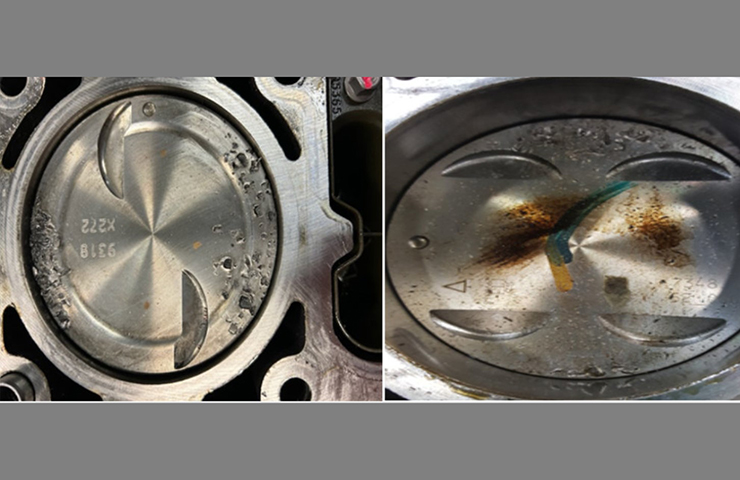 Fig. 1
Fig. 1
After removing the intake manifold from the engine, all the cylinder head intake ports must be carefully inspected to see if the valve heads are still present and not bent. Usually when the valve heads are missing or sufficiently bent, internal engine component debris will be present in the intake port of the cylinder head. If there is debris in any of the cylinder head intake ports, the intake manifold should be replaced.
The complex inlet runner and plenum configuration of most of the intake manifolds makes thorough component cleaning difficult. (Fig. 2) The plastic intake manifold is manufactured using ultrasonic welding to bind the materials together and cannot be dissembled. As a result, debris can collect inside the manifold and it’s impossible to completely remove the debris, requiring intake manifold replacement.
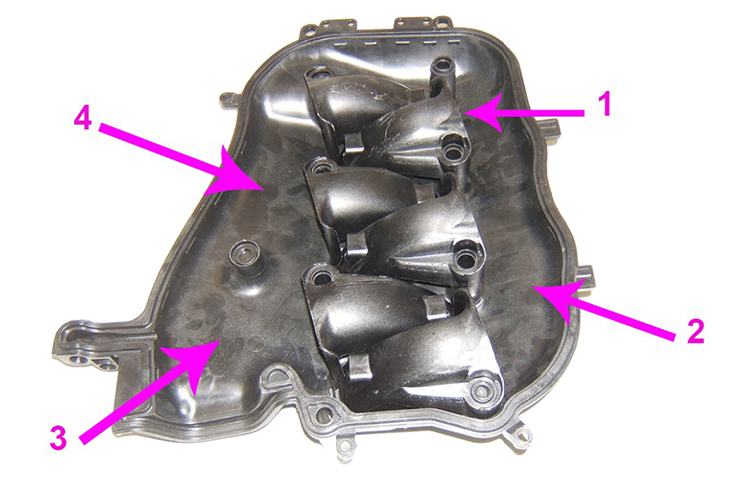 Fig. 2
Fig. 2
Reinstallation of an intake manifold removed from an engine with deposits of component debris may result in the ingestion of any remaining debris into the new service engine. The debris may cause damage or potential failure of the new service engine long block.
Common Debris
Several examples of common damage from debris transfer include piston and cylinder head damage. (Fig. 3)
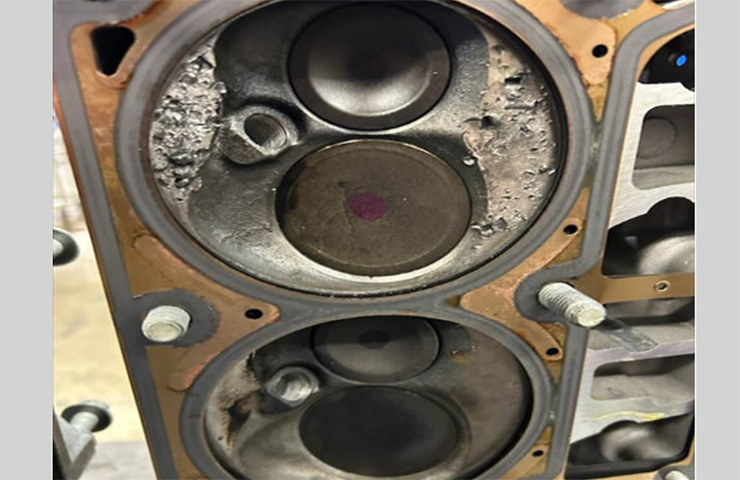 Fig. 3
Fig. 3
When inspecting the intake manifold, debris may be found in the throttle body or ports to the cylinder heads. (Fig. 4)
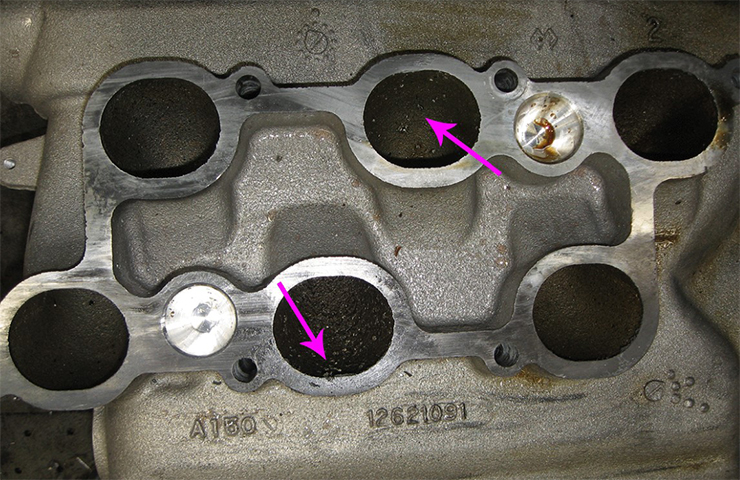 Fig. 4
Fig. 4
Potential Damage
Broken valves, broken pistons and pistons-to-cylinder head damage all create material debris that may scatter throughout the induction system, which will require the intake manifold to be replaced.
In addition, catalytic converters must be inspected. When catalytic converter failures occur and the inner brick becomes plugged and breaks apart, the catalytic converter material or metal left from the engine can be sucked back into the engine during valve overlap and transfer throughout the intake manifold and into the cylinder. Any such material transfer can cause heavy wear to piston rings and cylinder walls. Misfires and oil consumption are the byproducts of ingested catalytic converter material into the combustion chamber and cylinder bores.
For more information, refer to Bulletin #00-06-01-026.
– Thanks to Bryan Salisbury



